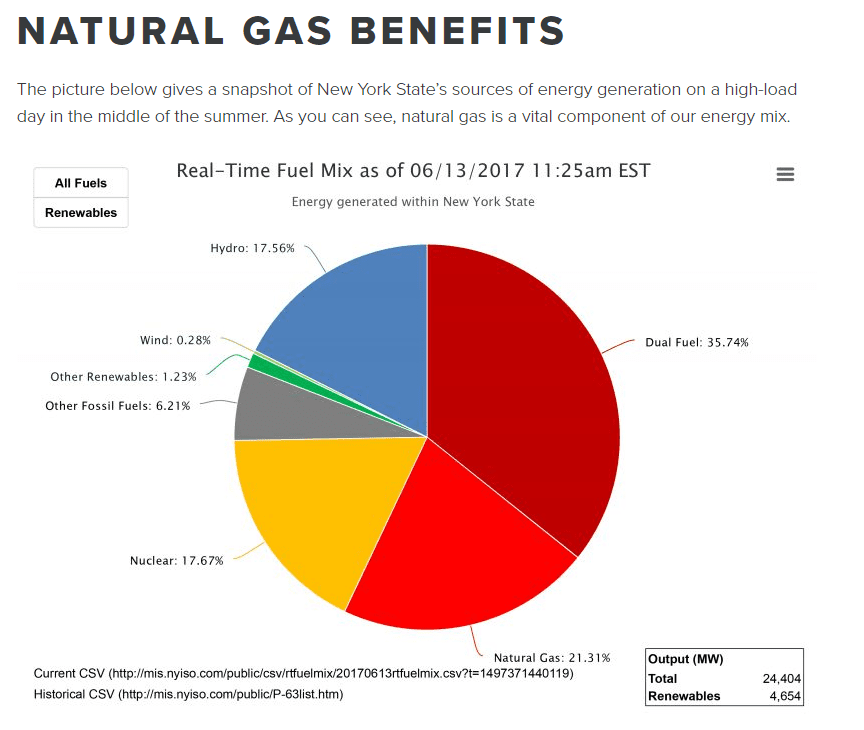From carbon emissions to misconceptions about spills, pipelines sometimes receive negative press regarding the environment, but the truth is that pipelines are one of the safest ways to transport the oil and gas we depend on. Pipelines transport natural gas and liquid hydrocarbons, such as oil, from supply basins to various areas where they are used to heat homes and businesses, provide fuel for our cars, and manufacture items for our daily lives.
Here are a few ways pipelines are helping the environment.
Lower Carbon Emissions
Increased use of natural gas is helping to combat climate change by lowering carbon dioxide emissions. While U.S. gas production is up 37 percent since 1990, greenhouse gas emissions are down 17 percent.
Greenhouse gases and carbon emissions can occur naturally and be created through human activity, including industrial processes. These gases impact our planet in many ways, from the temperature of the oceans to the amount of rainfall and snow we get.
There are two main ways natural gas pipelines emit greenhouse gases: from burning fossil fuels at compressor stations and methane from small leaks or maintenance activities. To transport gas over long distances, natural gas pipeline operators use compressor stations with turbines and engines to push the products through the pipeline; this process emits carbon dioxide and nitrous oxide. Companies use a variety of techniques to limit the amount of greenhouse gases released, including upgrading equipment to be more energy-efficient and adopting technologies that divert or capture the release of natural gas during maintenance.
Cut Down on Particulates
According to the Environmental Protection Agency, natural gas is better than coal because it does not produce ash and other particulates. Natural gas emits 50 to 60 percent less carbon dioxide (CO2) when combusted in a new, efficient natural gas power plant compared with emissions from a typical new coal plant
Better Than Trucks, Trains, and Ships
The pipelines that bring natural gas throughout the U.S. ensure the resource reaches homes and businesses without truck, train, or ship emissions. In the U.S., 70% of crude oil and petroleum products are shipped by pipeline. 23% of oil shipments are on tankers and barges over water. Trucking only accounts for 4% of shipments, and rail accounts for a mere 3%.
Misinformation has played a significant role in creating the perception that pipeline companies simply do not care about the environment, but the opposite is true. From new technology and techniques to increased safety measures, pipelines are proving to be the safest and most efficient way to transport oil and gas.


